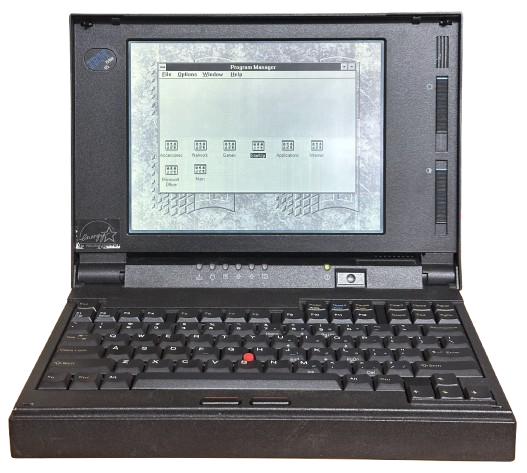
IBM ThinkPad 350 and 350C
IBM Type 2618
The ThinkPad 350 and 350C are a pair of Intel 486 SL-based laptops that were released in 1993. These models were also sold under the PS/Note name, as models 425 and 425C respectively. The design of these laptops is definitely more PS/Note than ThinkPad. The only hardware difference between the PS/Note and ThinkPad versions is that the PS/Notes lack the PCMCIA slot that the TP350 models have.
Specifications
| Spec | ThinkPad 350 | ThinkPad 350C |
|---|---|---|
| Release Date | June 1993 | |
| CPU | CPU Type: Soldered QFP Intel 486SL @25MHz | |
| Chipset | Unknown | |
| RAM | Type: 1x standard expansion slot Standard: 4MB Soldered Maximum: Unknown | |
| Storage | 2.5" IDE Requires Adapter: Sort of, has a cable inside Standard: 128 or 250MB | |
| Display Options | 9.5" Passive Matrix Grayscale @640x480 | 8.4"(?) Passive Matrix Color @640x480 |
| Graphics Chipset | Unknown VRAM: Unknown | |
| Audio | PC Speaker | |
| Main Battery | NiMH | |
| CMOS Battery | Proprietary Lithium (CMOS), NiCad (Reserve) | |
| Power Supply | Barrel Jack | |
| Media Drives | 3.5" 1.44MB Floppy Drive (TEAC) | |
| PC Cards | PCMCIA | |
| Networking | Modem | |
| Other I/O | - 1x Parallel - 1x Serial - 1x VGA Out - 1x PS/2 | |
| BIOS | IBM | |
| Pointing Device | TrackPoint II | |
Resources
 Service Manual |
Withdrawn Models PSREF |
|---|
Common Faults & Maintenance
The ThinkPad 350/PS Note 425 range is very unreliable and I wouldn't recommend bothering with fixing one unless you really want to. They're far more effort then they're worth.
Brittle Plastic and Hinge Failure
The plastic on these laptops has gone brittle with age, which will cause the hinge mounts to crack and fail. This is made worse by the poor design of the mounts, and the very poor design of the hinges themself, which tend to be very stiff. 100% of these will get broken hinge mounts regardless of how careful you are. The only way to fix this is to create a pool of epoxy around the mounts to structurally reinforce them.
Capacitor Failure
Several electrolytic capacitors inside these laptops will fail and leak corrosive electrolyte due to age. There is one cap on the motherboard, one on the floppy drive, one on the backlight inverter board, and 8 on the LCD in grayscale models. I'm not sure whether the color displays have bad caps or not. The motherboard cap is the one that will keep these laptops from powering on, but all must be replaced.
Main rear power switch doesn't work
If the laptop instantly powers on when plugged in, regardless of whether the hard power switch on the back is on or off, you haven't recapped yours yet. Recap it and this problem should go away!
Blank/blue screen on the LCD
Have you recapped it yet? If not, do that first. Still have the problem? This means the LCD matrix isn't receiving any data, or the contrast is set to minimum. Assuming you haven't just left the contrast slider at minimum, you either have a problem with the LCD, the LCD cable, or the motherboard. Eliminate variables by testing with an external monitor, checking connections, etc.
Battery Leaks
The main battery and NiCad reserve batteries in these laptops are prone to leaking and should be removed. The main battery is under a door on the bottom, and the battery itself is very difficult to pull free from the day (poor design? swelling over time? not sure). The CMOS battery and reserve battery are under the other bottom door, which also houses the RAM expansion slot and modem bay.
Goo-ified foam
There is some insulating foam located under the keyboard that turns back into gross goo. It doesn't seem to cause any corrosion thankfully, but you should still remove it when you take it apart for recapping.
Rubber feet melting
The rubber feet on the bottom of these laptops will melt over time and will probably need to be removed.
TrackPoint drifting
The TrackPoints in these laptops are prone to developing drifting issues. I believe this is mainly due to the original TrackPoint caps these used (eraser-head style, unlike the later and more common rough texture ones) are prone to melting slightly, leaving residue on the sensors. Cleaning the sensors has not resolved this issue on my own PS/Note 425 though.
Keyboard Failure
The keyboard ribbon cables are fragile and will easily develop internal micro-fractures in the membrane if you bend them too much. This will cause a bunch of keys to stop working, or work intermittently.
How do you take one apart?
I'll just give one quick tip here on the most confusing part of the teardown. These laptops come apart via the entire top shell being separated from the bottom half. To do this, you only need to remove the two screws behind the port door on the back. After this, take a flat head screwdriver and lightly pry against the several notches you'll see around the edges of the laptop at the bottom. This will cause the top case to pop up from the bottom half, after which you can disconnect a bunch of cables and lift it all off. You don't have to be super careful here, despite the plastics being brittle, the case in this area seems pretty resiliant.
Gallery
PS/Note 425
Here are photos of my grayscale PS/Note 425. The ThinkPad 350 looks identical aside from the badge and the addition of a single PCMCIA slot on the back.
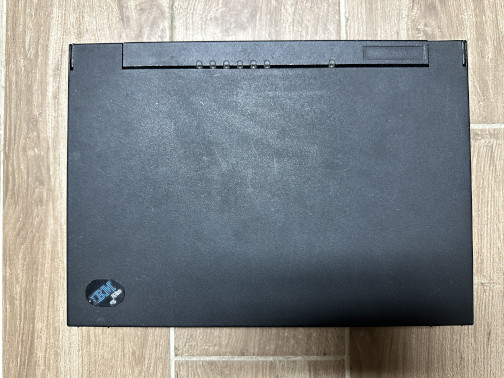
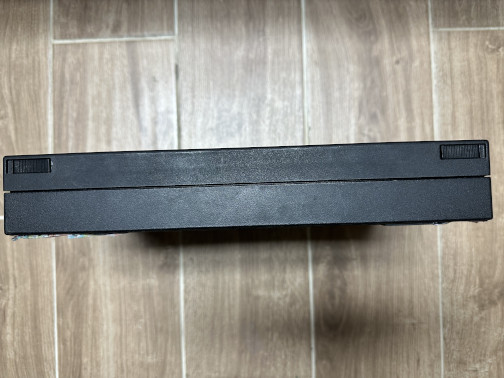
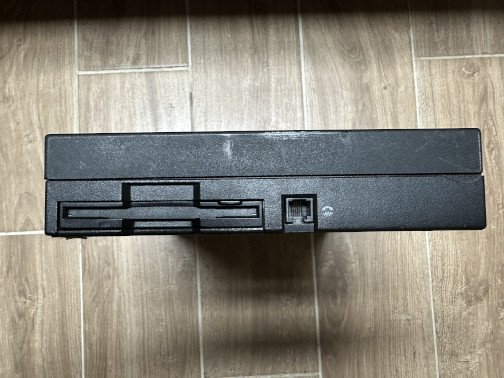
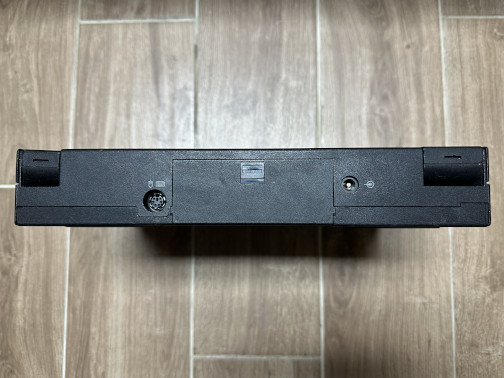
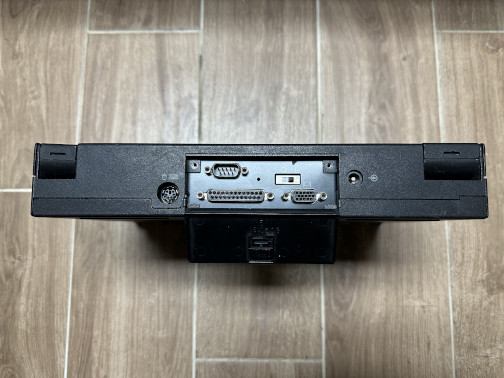

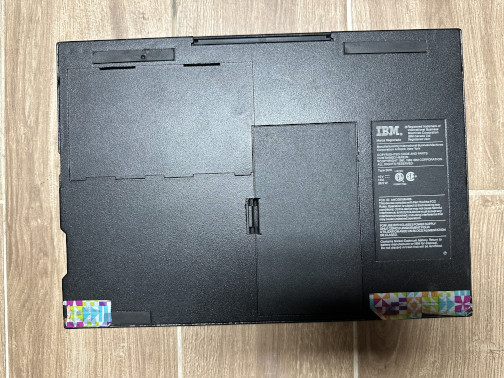
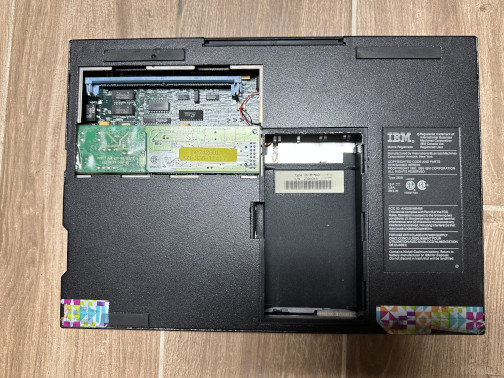
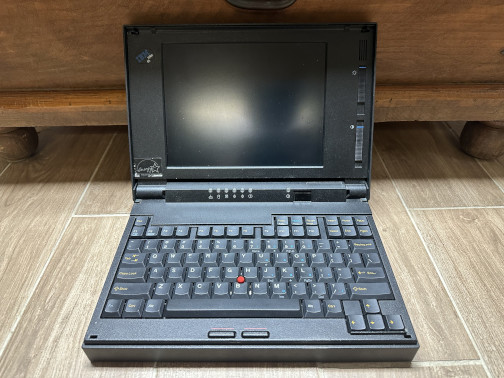

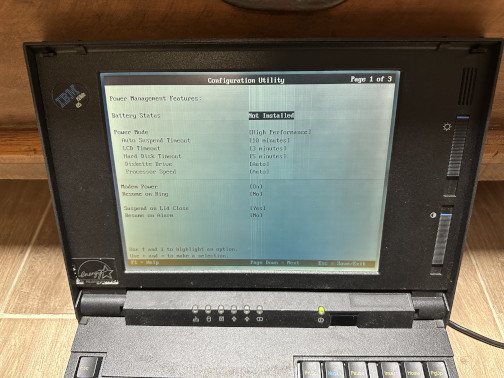
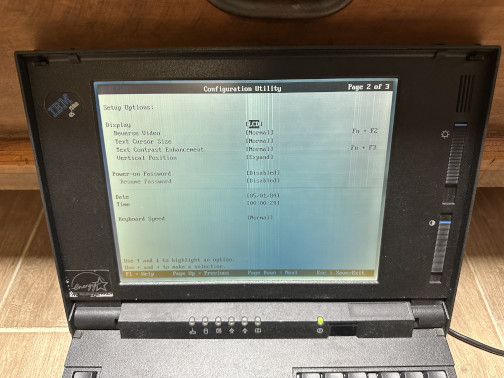
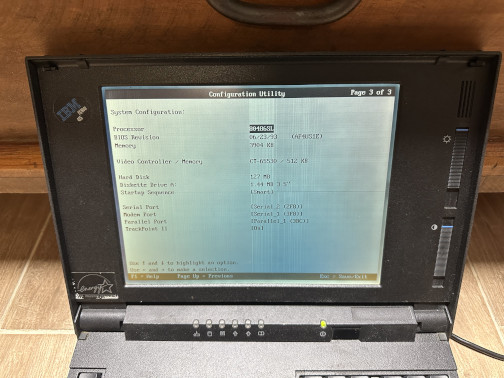
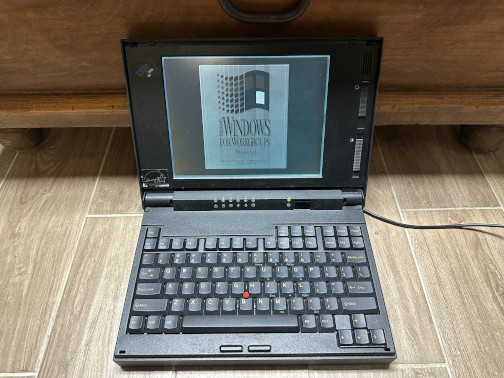
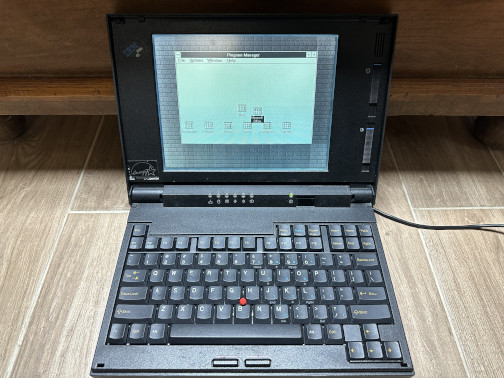
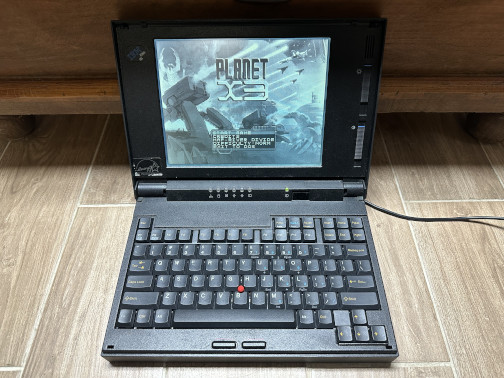
ThinkPad 350C
Photos of a ThinkPad 350C in remarkably good condition. Photos taken by solidpro, used with permission.
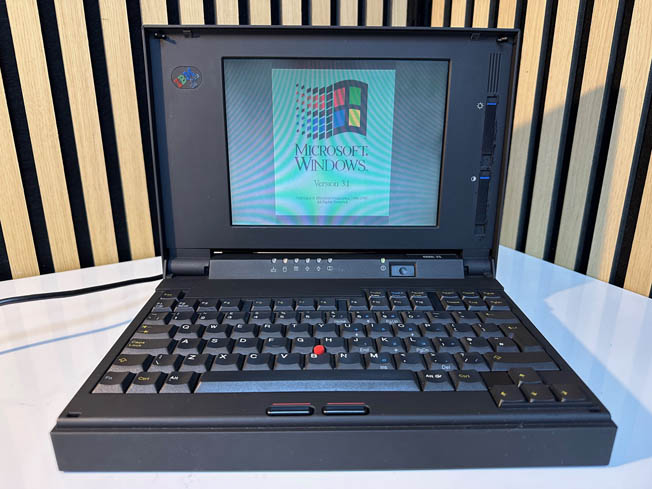
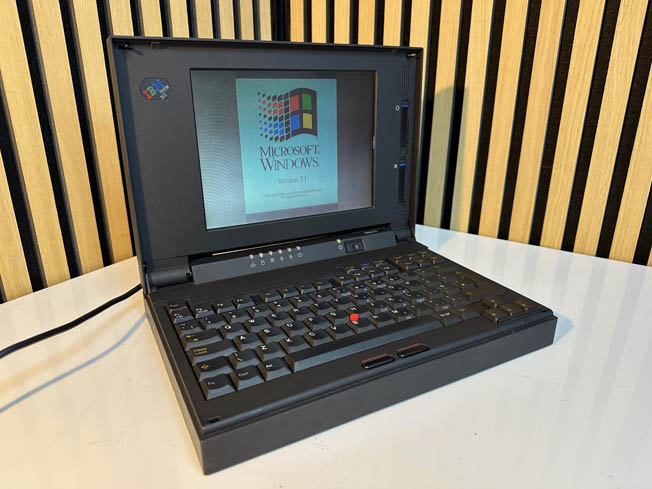

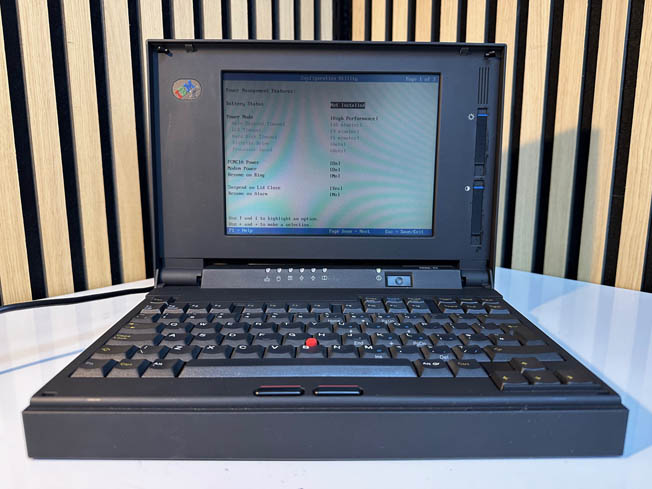

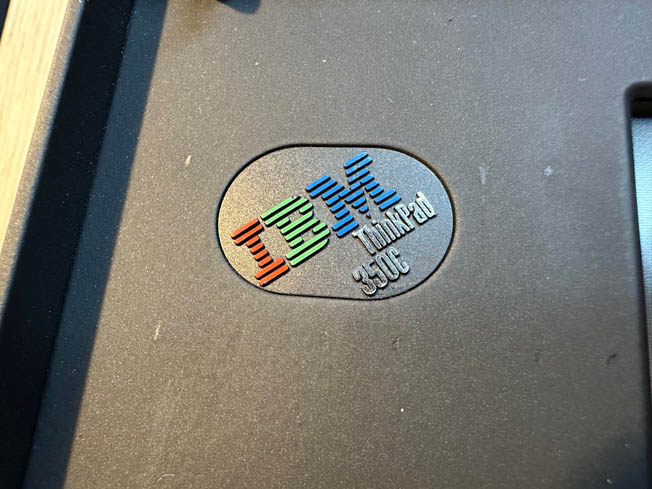
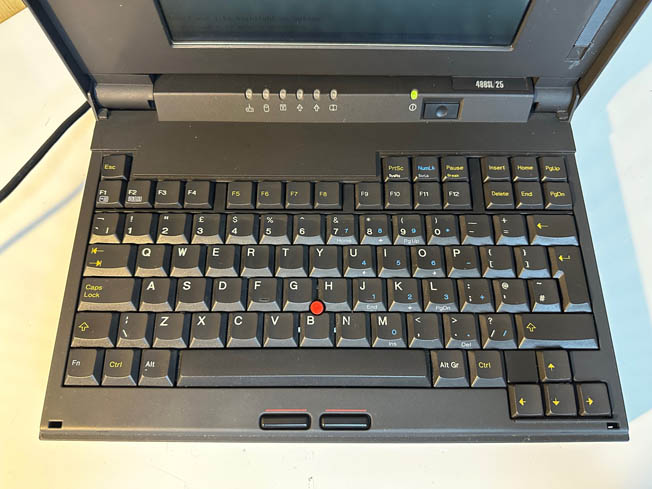


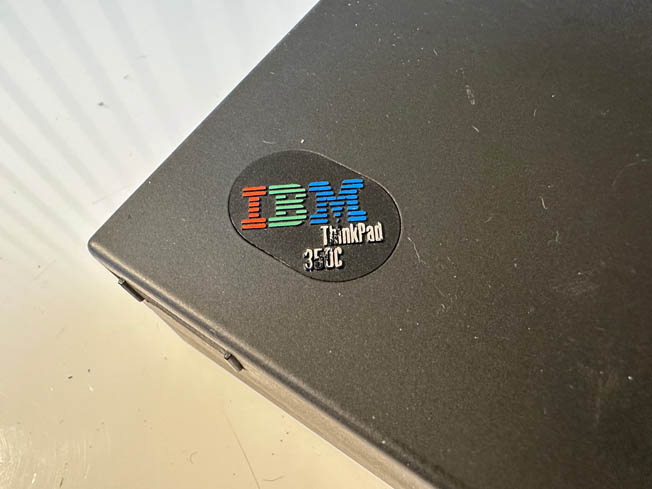
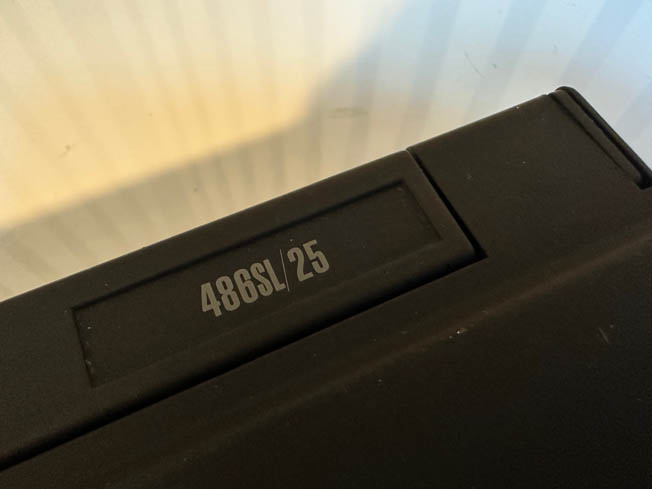


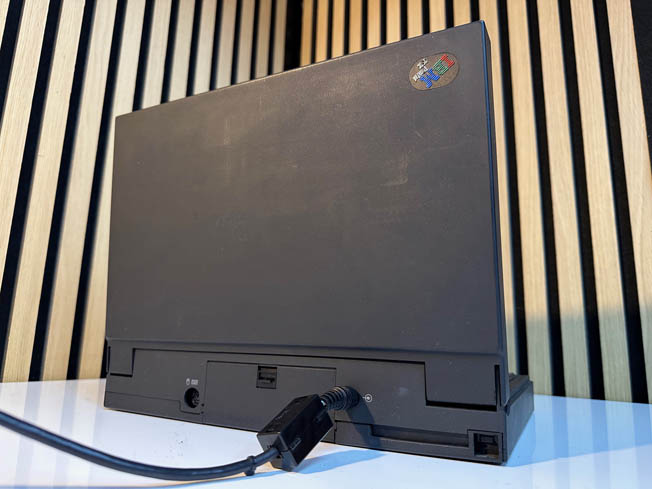
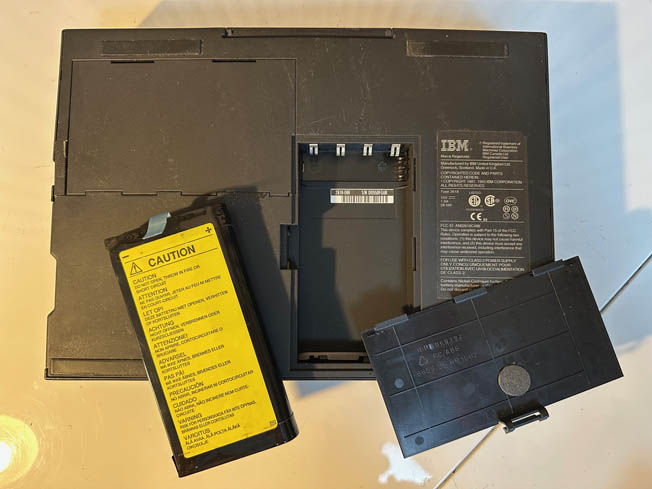
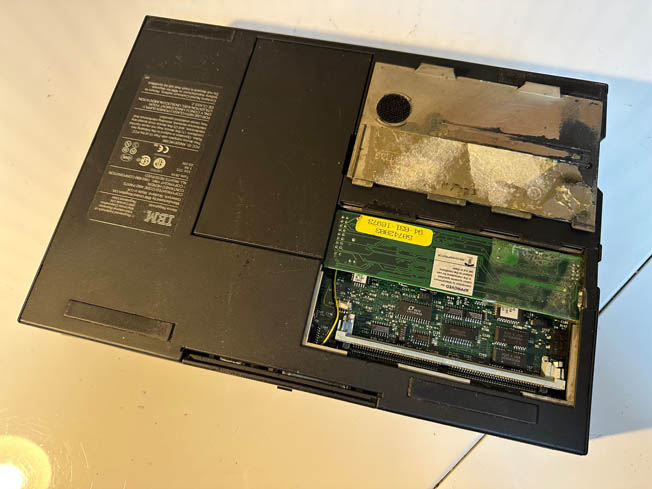
Print Ads
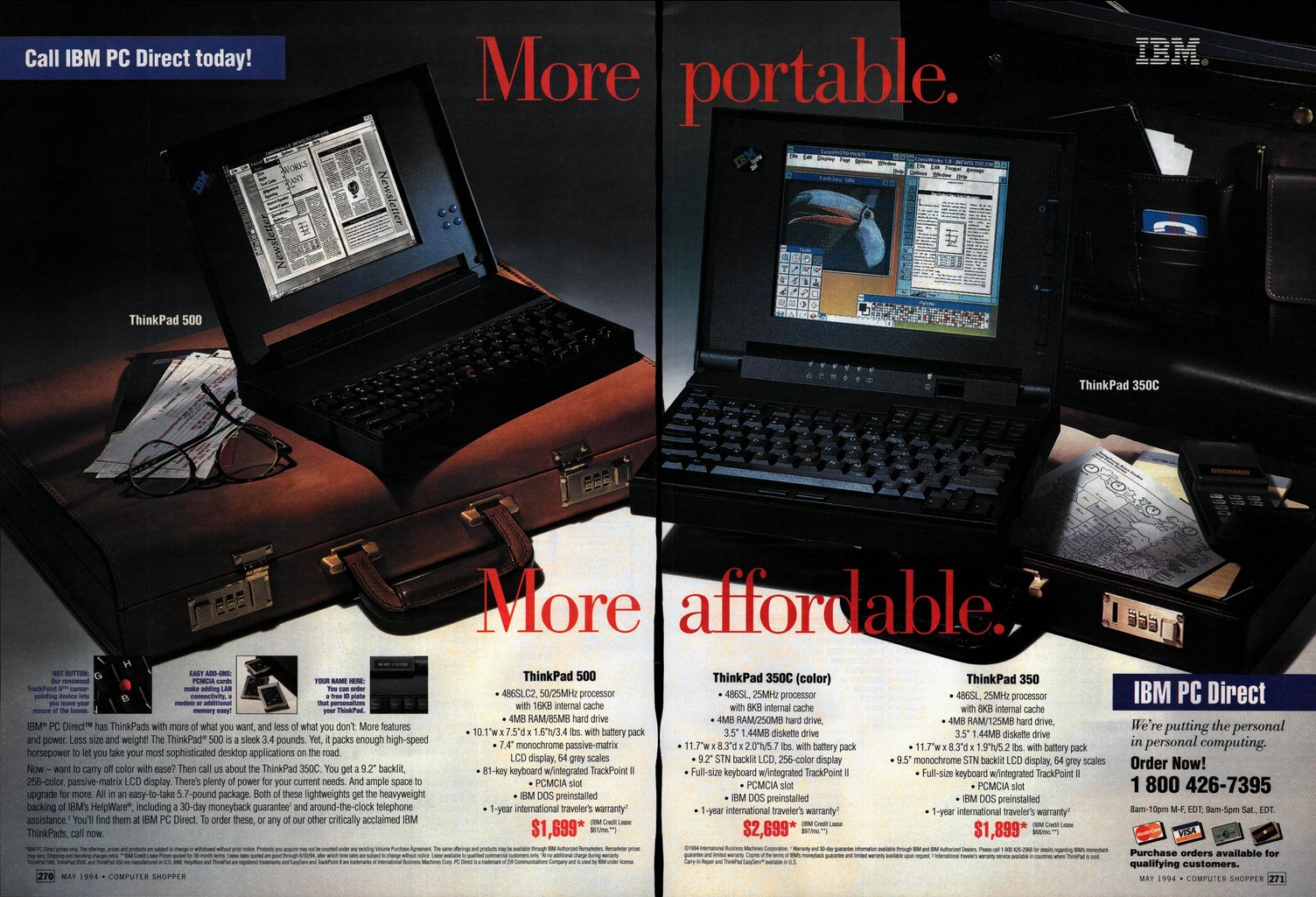
Page last updated (MM/DD/YYYY): 03/05/2025
Update Reason: converted to php
Back-Navigation
Home < Laptop Portal < IBM < ThinkPad 350/350C